Busan Sikdang(부산식당)
9.9Km 2021-04-09
12 Insadong 11-gil Jongno-gu Seoul
+82-2-733-5761
It is a house where you can eat hot and spicy Daegutang (Codfish Soup). This restaurant's signature menu is codfish stew. This Korean dishes restaurant is located in Jongno-gu, Seoul.
Insadong Geujip (인사동그집)
9.9Km 2020-04-24
3, Insadong 12-gil, Jongno-gu, Seoul
+82-2-737-0575
Insadong Geujip, located in the famous neighbourhood of Insadong, is a Korean fusion restaurant that is particularly well known for its traditional, yet unique interior. Along with “Insadong Seafood Rice,” and “Insadong Geujip On Rice”, diners can find a range of delicacies including Hanbang
Bossam (Herbal Napa Wraps with Pork), Savory Seafood & Spring Onion Pancake, and Kimchi Parae Pancake on the menu.
The restaurant's specialty, Geujip On Rice, a sort of Bibimbab made with a variety of seafood, vegetables and edible flowers and mixed together with rice and a red pepper paste called gochujang. The basic serving size is large enough to feed two.
The restaurant is housed in an old hanok (Korean traditional house) and has been carefully renovated to preserve the house’s traditional feel. Indoor lights wrapped with hanji, Korean traditional paper, shine a soft glow over the entire dining area and add to the overall ambience.
853 (팔오삼)
9.9Km 2021-03-24
16, Insadong, 12-gil, Jongno-gu, Seoul
+82-70-8832-0853
This is a juicy pork restaurant. This Korean dishes restaurant is located in Jongno-gu, Seoul. The most famous menu is grilled pork belly.
Okjeong (옥정)
9.9Km 2021-03-19
18, Insadong, 12-gil, Jongro-gu, Seoul
+82-2-733-5412
A traditional Korean restaurant serving hanjeongsik (Korean table d'hôte) for 30 years now. The representative menu is Korean table d''hote. This is a Korean cuisine located in Insa-dong, Seoul.
Mijin (미진)
9.9Km 2020-01-30
19, Jongno, Jongno-gu, Seoul
+82-2-732-1954
Mijin is a restaurant specializing in spicy hot baby octopus and cool buckwheat dishes. Opened
in 1954, the restaurant's 50-year history is a testament to the great taste
of its dishes and the charm of the restaurant.
The main ingredient, buckwheat, is delivered daily from Bongpyeong, the largest
buckwheat producing region in Korea. Baby octopus is also delivered every morning from ports in Yeosu. Families and workers of surrounding companies are major customers of the restaurant, but celebrities and politicians also
come to the restaurant to taste its food. Memilmuk (Buckwheat Jelly) and pancakes
made with buckwheat and green onion are also delicacies of the restaurant.
Great Shanghai (대상해)
9.9Km 2020-02-07
135, Sejong-daero, Jung-gu, Seoul
+82-2-2171-7869
Great Shanghai is a Chinese restaurant serving deliciously genuine Sichuan and Beijing-style cuisine, located within the Koreana Hotel. Their specialty is shark's fin, directly imported from Sanji, and prepared by the head chef who has over 30 years of experience. Aside from shark's fin, the healthy buldojang, mapadubu and ddanddanmyeon are also top menus. Great Shanghai is decorated with high-quality interior design, and features rooms of various sizes for groups and business dinners.
Koreana Hotel (코리아나 호텔)
9.9Km 2021-06-21
135, Sejong-daero, Jung-gu, Seoul
+82-2-2171-7000
Koreana Hotel has been one of the top notch traveler's picks for more than 30 years, having the business motto 'comfort for our customers.'
The hotel is located at the Gwanghwamun fourway intersection, at the heart of Seoul, and provides 345 guest rooms. Amongst its dining facilities, the hotel boasts a Korean restaurant, Chinese restaurant, Japanese restaurant, and a Western restaurant, as well as a bar, coffee shops, and bakery. Eight banquet halls and a sauna are also available.
The hotel has operated as the main press center restaurant for the 1988 Seoul Olympics, and subsequently operated as the Olympic Village Restaurant for the Special Olympics. As a result of their successful operations, the hotel received lavish praise from the organizers, as well as from the players and staff for the high quality food and spectacular service.
Residencia Real Unhyeongung en Seúl (서울 운현궁)
9.9Km 2021-11-29
Samil-daero 464, Jongno-gu, Seúl
Es un patrimonio cultural, designado Sitio Histórico, ubicado en Unni-dong, Jongno-gu. Antigüamente no era un palacio como lo es el de Gyeongbokgung, sino que se trataba de la residencia de los miembros de la Familia Real, pero con el paso del tiempo se lo ha considerado como un palacio. La denominación en coreano del palacio Gyeongbokgung sería “Gunggwol”. El término “Gung” hace referencia al espacio de residencia, mientras que la palabra “Gwol” se refiere al espacio político. Esto significa que en Gyeongbokgung se llevaba a cabo la vida cotidiana y política de la Corte Real; pero en Unhyeongung residía la Familia Real de Heungseon Daewongun, regente y padre del rey Gojong. Cabe señalar que hacia finales de la época Joseon, en esta residencia real se han originado la mayoría de los sucesos históricos, políticas revolucionarias, política de aislamiento, etc., todo lo cual resalta su simbolismo histórico.
La construcción para ampliar el palacio Unhyeongung comenzó a un mes de que Gojong asumiera el trono, a petición de la madre del Rey. En un principio, se encontraba localizado en el área intermedia entre los palacios Changdeokgung y Gyeongbokgung, pero a medida que se fue extendiendo, con una cantidad de edificaciones anexas, ha abarcado la zona actual que corresponde a la Universidad femenina de Duksung, el antiguo edificio de la emisora TBC, el Centro Cultural Japonés, la Escuela primaria Gyodong y el edificio de la compañía Samwhan.
El edificio principal de Unhyeongung es la sala Noandang, construida en septiembre de 1864. Entre otras construcciones famosas se destacan Norakdang, Irodang, y las cuatro puertas de acceso al palacio, aunque en la actualidad ha quedado una sola puerta. Norakdang, siendo la edificación central del palacio, fue el escenario de los grandes festivos familiares, y Noandang fue el despacho de Daewongun, la construcción más significativa en la vida de este hombre, ya que fue el lugar en donde pasó los momentos más importantes de su vida y donde falleció. Presenta un estilo arquitectónico tradicional coreano, con tejado, cuyos extremos estaban decorados elegantemente. Irodang, situado al lado Norakdang, tiene la forma de un cuadrado, y en su interior se encuentra un hermoso jardín. Este lugar ha recibido la atención y el cuidado solo durante el período de regencia de Heungseon Daewongun, ya que luego de su muerte, fue difícil el mantenimiento. La residencia ha tomado la apariencia actual a partir de noviembre de 1993, que es cuando el gobierno de Seúl tomó posesión del establecimiento, y por lo cual, ejecutó las obras de remodelación y restauración.
Nwijo (뉘조)
9.9Km 2024-11-28
27, Insadong 14-gil, Jongno-gu, Seoul
+82-2-730-9311
Nwijo (뉘조) is a Korean restaurant specializing in wild vegetable cuisine. The name ‘Nwijo’ means ‘the god of the silkworm,’ and likens wild vegetables to silkworms in that both can be eaten in their entirety. The restaurant serves original full-course Korean meals that are prepared using hundreds of kinds of wild vegetables, including special seasonal vegetables.
A typical full-course meal starts with delicious pumpkin porridge, followed by seasoned wild vegetables, root vegetable ssam (condiments wrapped in vegetable leaves), slices of boiled meat, and steamed lotus leaf-wrapped rice served with jjigae (Korean stew) and various side dishes. This kind of traditional feast is pleasing to both the eye and the palate and is topped off with sikhye (traditional sweet rice drink). Lunch specials are also available.
Beer Ok (비어오크)
9.9Km 2021-03-29
151, Daehak-ro, Jongno-gu, Seoul
+82-2-745-0087
It's near the university, so it's a place frequented by many young people. This Korean dishes restaurant is located in Jongno-gu, Seoul. The representative menu is rotisserie chicken.
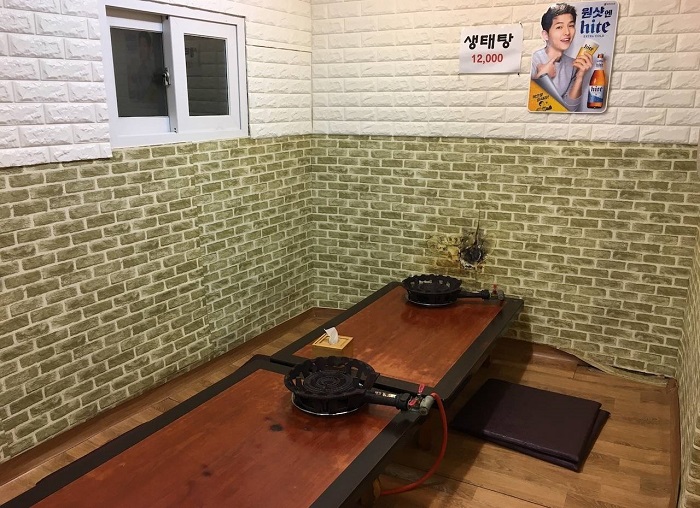
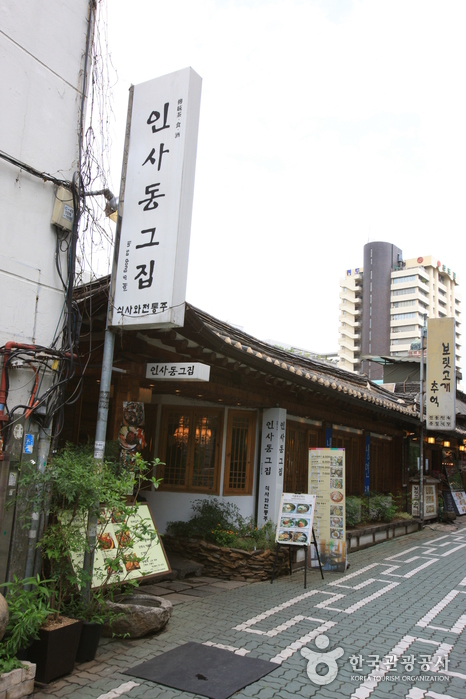
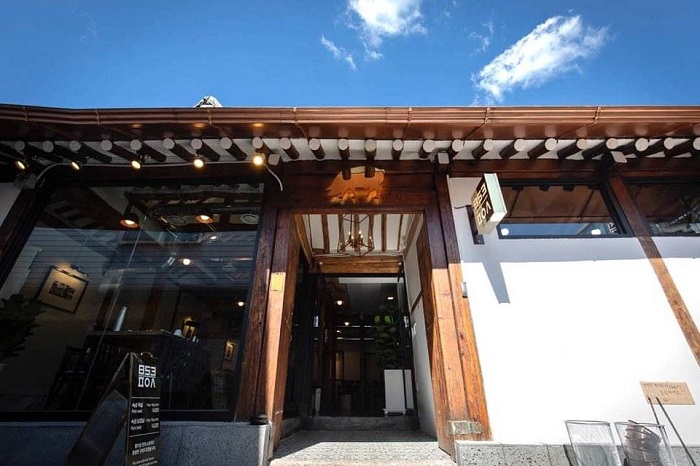
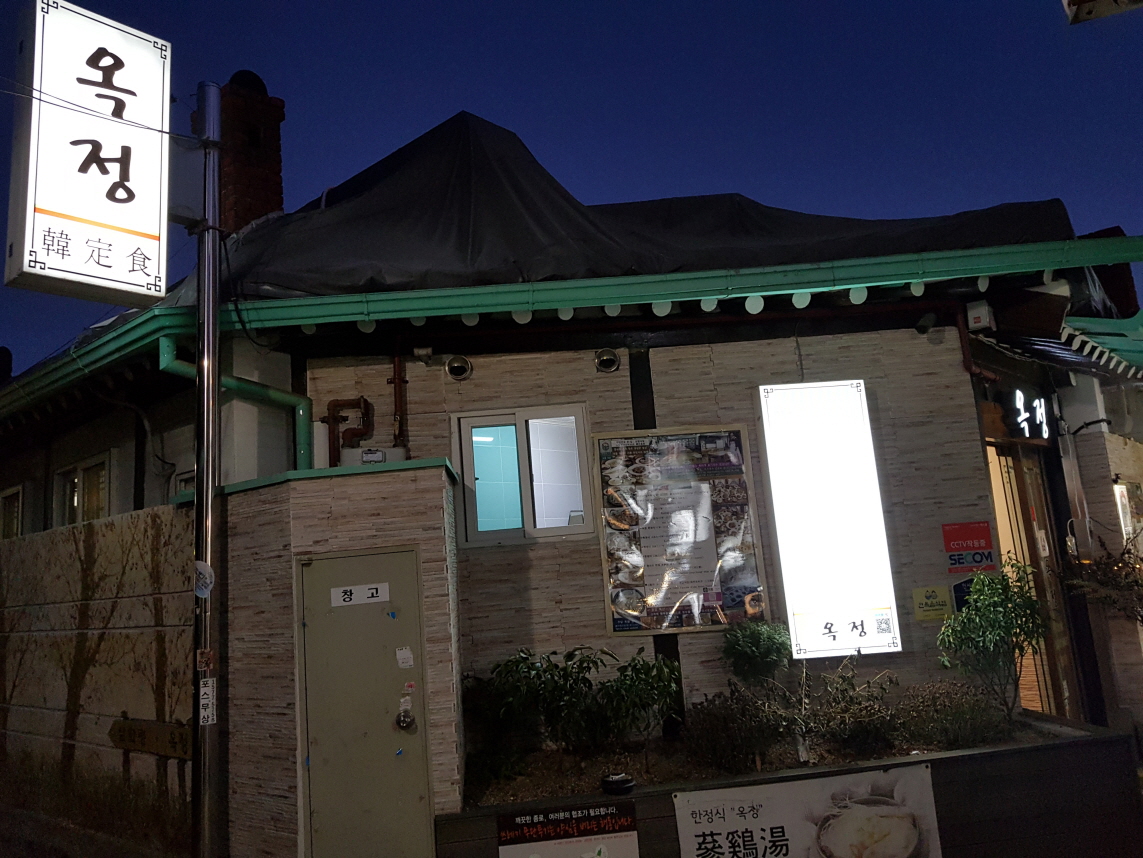
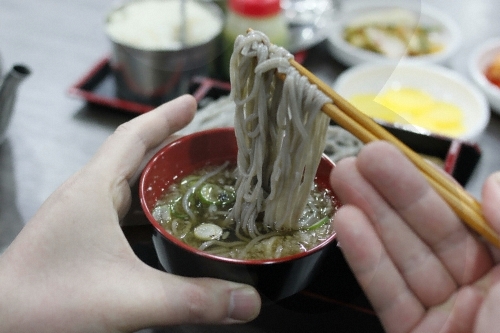
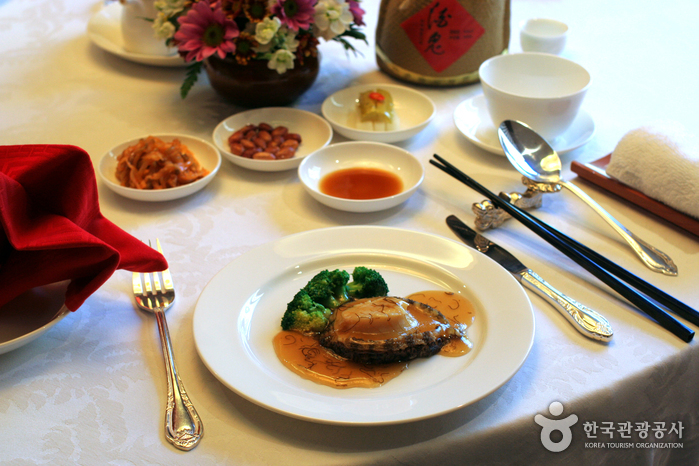
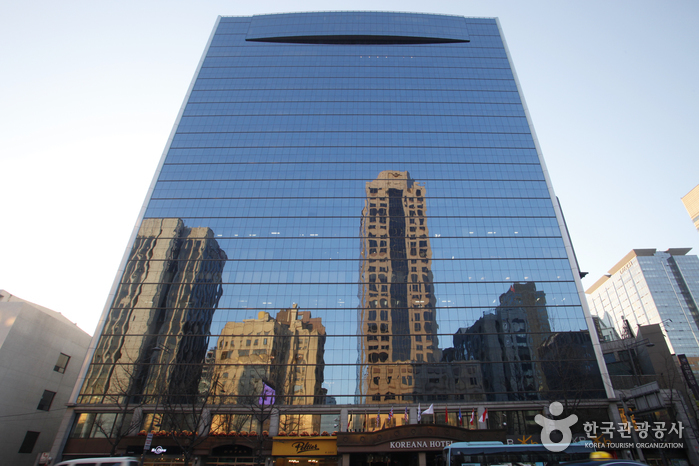

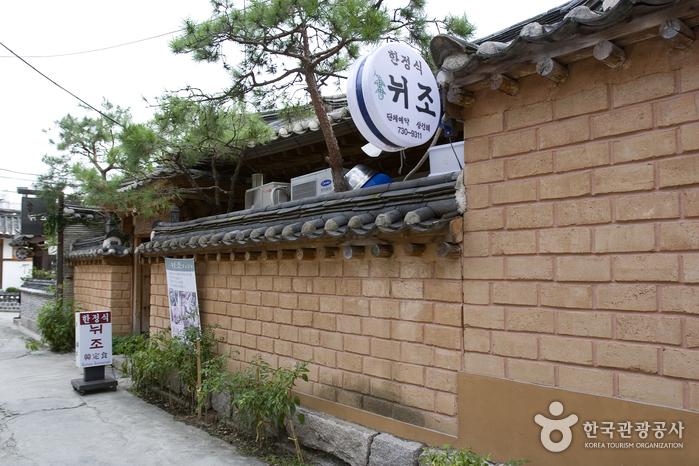
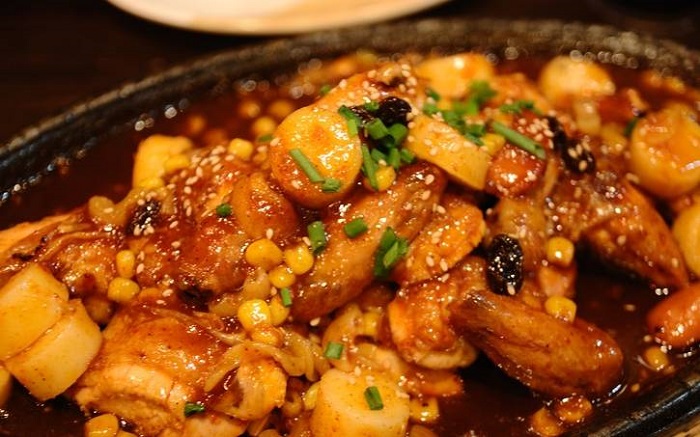
 Español
Español
 한국어
한국어 English
English 日本語
日本語 中文(简体)
中文(简体) Deutsch
Deutsch Français
Français Русский
Русский